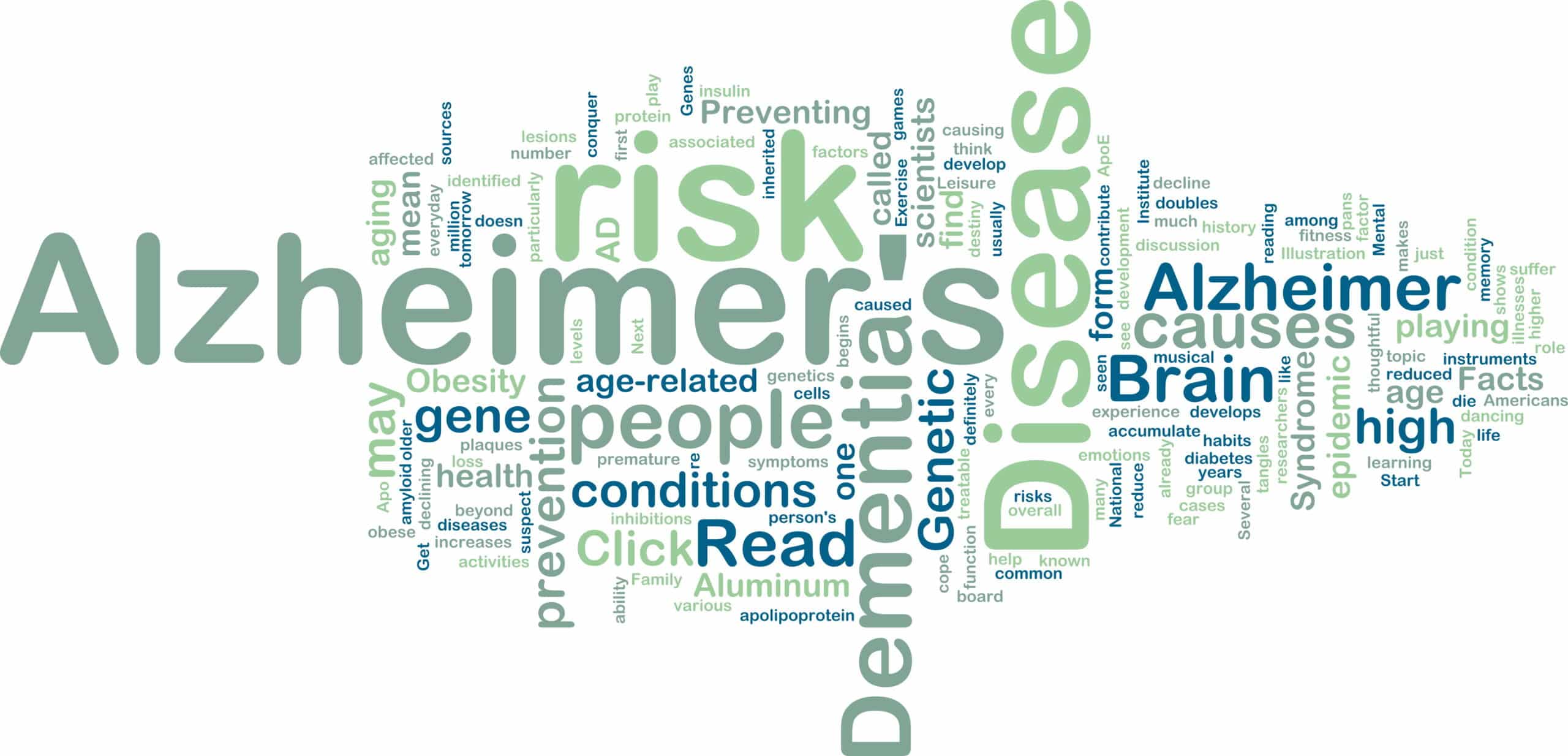But research has shown that the seeds of Alzheimer’s are planted years — even decades — earlier, long before the cognitive impairments surface that make a diagnosis possible. Those seeds are amyloid beta proteins that misfold and clump together, forming small aggregates called oligomers. Over time, through a process scientists are still trying to understand, those “toxic” oligomers of amyloid beta are thought to develop into Alzheimer’s.
A team led by researchers at the University of Washington has developed a laboratory test that can measure levels of amyloid beta oligomers in blood samples. As they report in a paper published the week of Dec. 5 in the Proceedings of the National Academy of Sciences, their test — known by the acronym SOBA — could detect oligomers in the blood of patients with Alzheimer’s disease, but not in most members of a control group who showed no signs of cognitive impairment at the time the blood samples were taken.
However, SOBA did detect oligomers in the blood of 11 individuals from the control group. Follow-up examination records were available for 10 of these individuals, and all were diagnosed years later with mild cognitive impairment or brain pathology consistent with Alzheimer’s disease. Essentially, for these 10 individuals, SOBA had detected the toxic oligomers before symptoms surfaced.
“What clinicians and researchers have wanted is a reliable diagnostic test for Alzheimer’s disease — and not just an assay that confirms a diagnosis of Alzheimer’s, but one that can also detect signs of the disease before cognitive impairment happens. That’s important for individuals’ health and for all the research into how toxic oligomers of amyloid beta go on and cause the damage that they do,” said senior author Valerie Daggett, a UW professor of bioengineering and faculty member in the UW Molecular Engineering & Sciences Institute. “What we show here is that SOBA may be the basis of such a test.”
SOBA, which stands for soluble oligomer binding assay, exploits a unique property of the toxic oligomers. When misfolded amyloid beta proteins begin to clump into oligomers, they form a structure known as an alpha sheet. Alpha sheets are not ordinarily found in nature, and past research by Daggett’s team showed that alpha sheets tend to bind to other alpha sheets. At the heart of SOBA is a synthetic alpha sheet designed by her team that can bind to oligomers in samples of either cerebrospinal fluid or blood. The test then uses standard methods to confirm that the oligomers attached to the test surface are made up of amyloid beta proteins.
The team tested SOBA on blood samples from 310 research subjects who had previously made their blood samples and some of their medical records available for Alzheimer’s research. At the time the blood samples had been taken, the subjects were recorded as having no signs of cognitive impairment, mild cognitive impairment, Alzheimer’s disease or another form of dementia.
SOBA detected oligomers in the blood of individuals with mild cognitive impairment and moderate to severe Alzheimer’s. In 53 cases, the research subject’s diagnosis of Alzheimer’s was verified after death by autopsy — and the blood samples of 52 of them, which had been taken years before their deaths, contained toxic oligomers.
SOBA also detected oligomers in those members of the control group who, records show, later developed mild cognitive impairment. Blood samples from other individuals in the control group who remained unimpaired lacked toxic oligomers.
Daggett’s team is working with scientists at AltPep, a UW spinout company, to develop SOBA into a diagnostic test for oligomers. In the study, the team also showed that SOBA easily could be modified to detect toxic oligomers of another type of protein associated with Parkinson’s disease and Lewy body dementia.
“We are finding that many human diseases are associated with the accumulation of toxic oligomers that form these alpha sheet structures,” said Daggett. “Not just Alzheimer’s, but also Parkinson’s, type 2 diabetes and more. SOBA is picking up that unique alpha sheet structure, so we hope that this method can help in diagnosing and studying many other ‘protein misfolding’ diseases.”
Daggett believes the assay has further potential.
“We believe that SOBA could aid in identifying individuals at risk or incubating the disease, as well as serve as a readout of therapeutic efficacy to aid in development of early treatments for Alzheimer’s disease,” she said.
Lead author on the study is Dylan Shea, a doctoral student in the UW Department of Bioengineering’s Molecular Engineering Program. Co-authors are Elizabeth Colasurdo of the VA Puget Sound Health Care System; Alec Smith, a UW research assistant professor of physiology and biophysics; Courtnie Paschall, a student in the UW Medical Scientist Training Program; Dr. Suman Jayadev, a UW assistant professor of neurology; Dr. Dirk Keene, a UW professor of laboratory medicine and pathology; Douglas Galasko, a professor of neurosciences at the University of California, San Diego; Dr. Andrew Ko, assistant professor of neurological surgery at the UW; and Ge Li and Dr. Elaine Peskind, both of the UW Department of Psychiatry and Behavioral Sciences and the VA Puget Sound Health Care System. The research was funded by the National Institutes of Health, the Washington Research Foundation and the Northwest Mental Illness Research, Education and Clinical Center.




